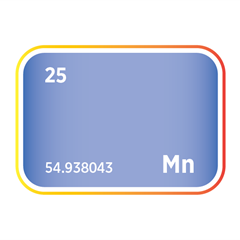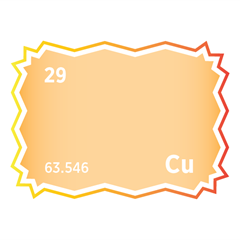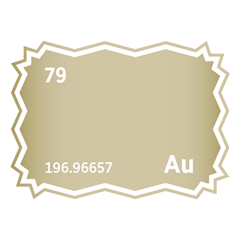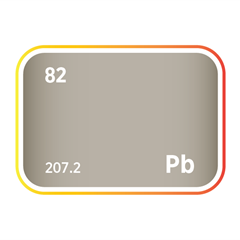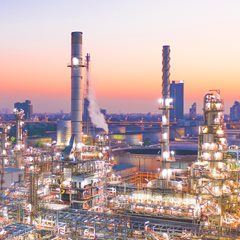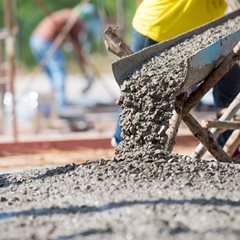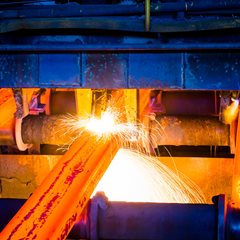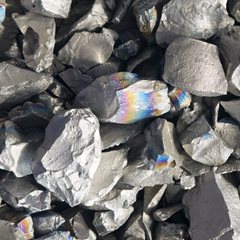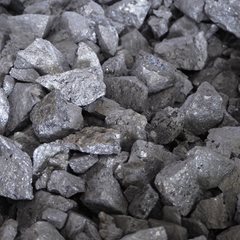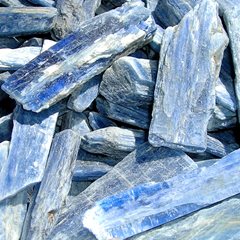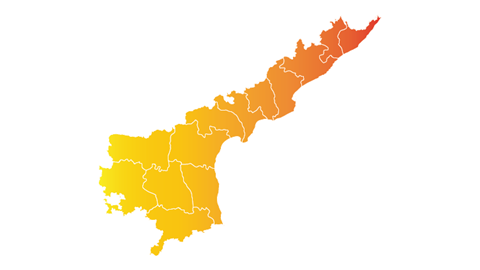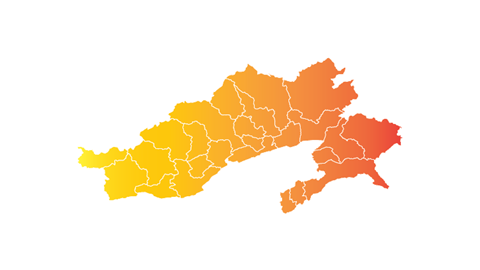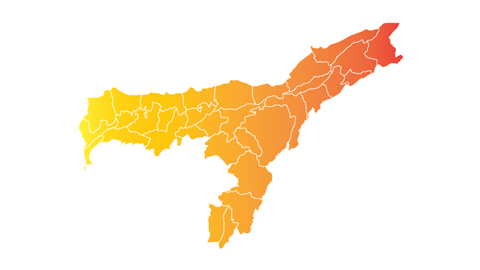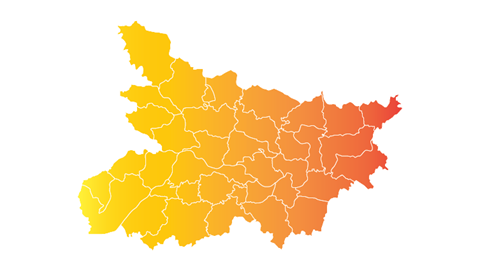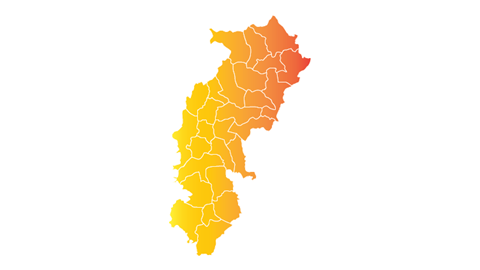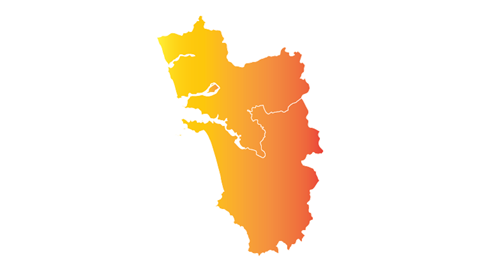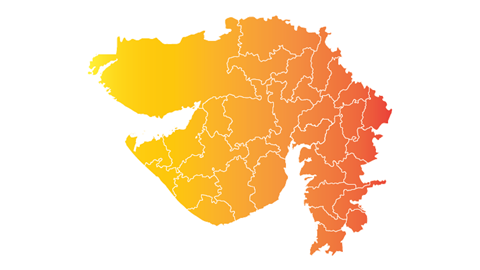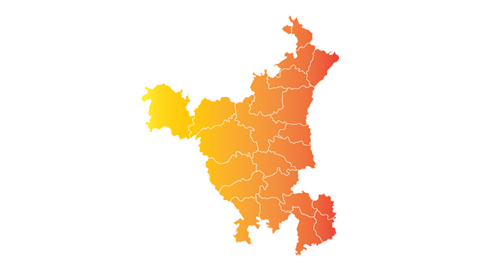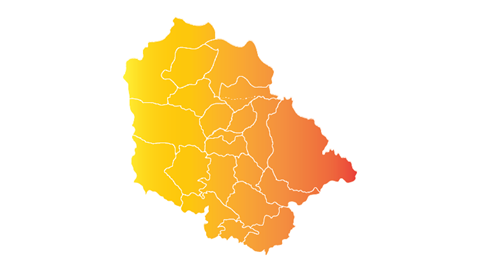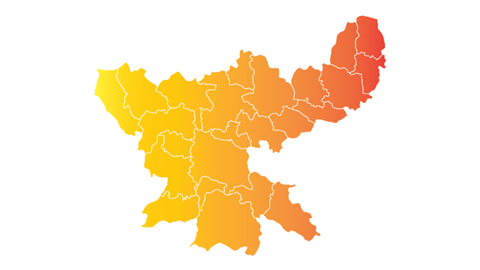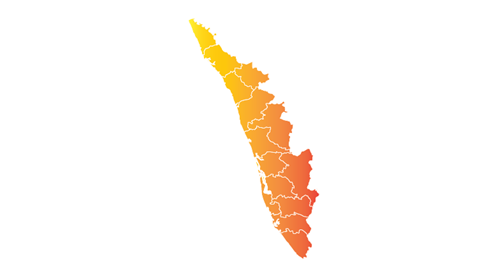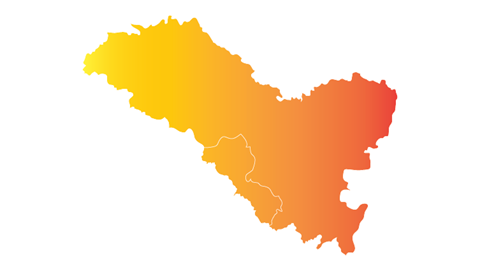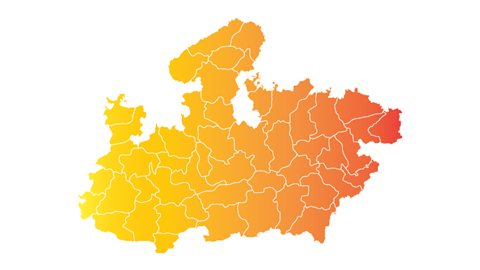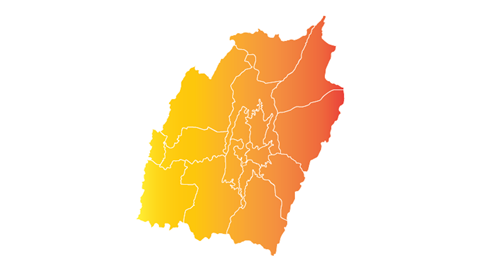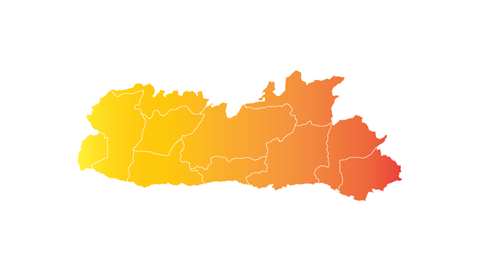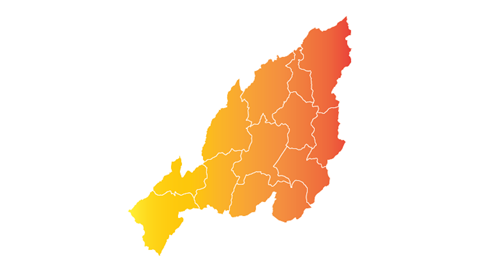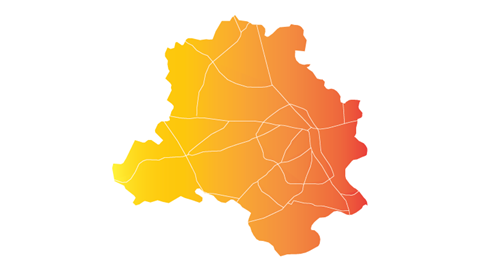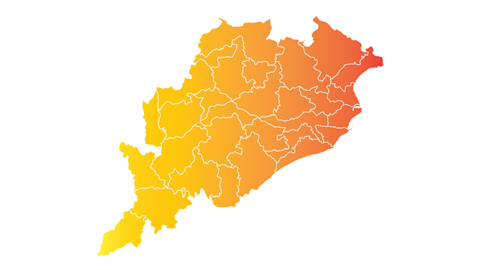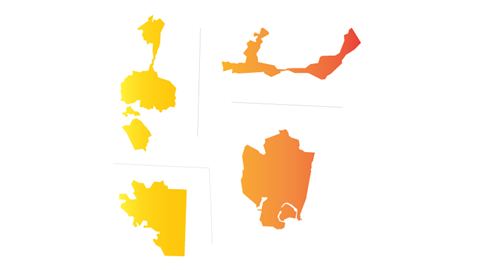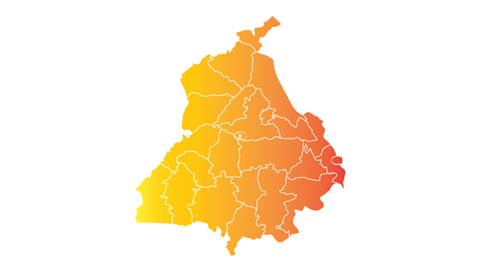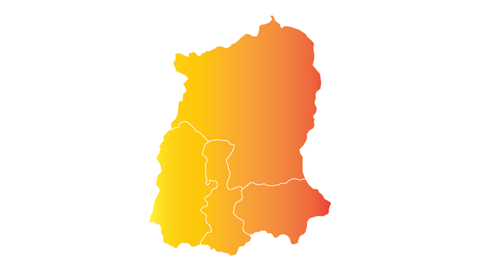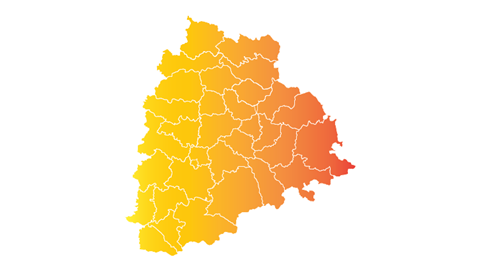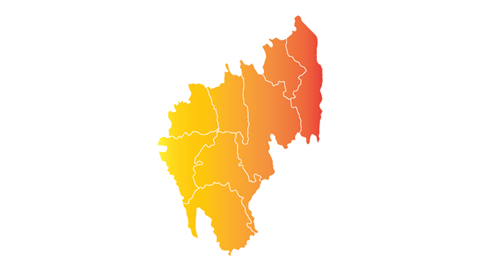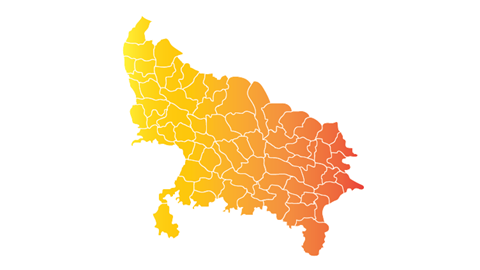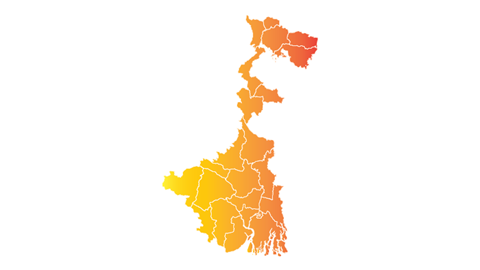Maharashtra State
Critical minerals, policy, and the energy transition
The Energy Transition in Maharashtra, India
Maharashtra, India’s economic powerhouse stretching from the Konkan coast to the Deccan plateau, is scaling clean power to keep pace with a peak demand that topped 30 GW in summer 2025. Installed capacity exceeds 47 GW, of which renewables account for 14 GW—8.2 GW wind (India’s largest state fleet), 5.1 GW solar and 700 MW small hydro and biomass. The Maharashtra Renewable Energy Policy targets 22 GW solar, 6 GW wind–solar hybrids and 2 GW offshore wind by 2030. New utility-scale projects include 2 GW of agrivoltaics across sugar-cane belts, a 1.1 GW solar park in Dhule, and 500 MW canal-top PV on the Godavari network. A 1 GW offshore wind pilot off Alibag is under feasibility study, while the 1.5 GWh pumped-storage upgrade at Koyna plus 1 GWh of grid batteries near Nashik will shift midday surplus into the evening urban peak. Mumbai’s rooftop programme aims for 1 GW across high-rise terraces, and Ratnagiri port is planning a 60 MW electrolyser hub to produce green hydrogen for shipping bunkers. Geologically, Maharashtra hosts rich mineral belts: manganese and iron ore around Nagpur-Bhandara, bauxite in Kolhapur and Raigad for aluminium and battery foils, and chromite-nickel prospects in Sindhudurg’s ultramafic bodies. Gondite deposits in Gadchiroli contain vanadium, and coastal placers near Devgad yield ilmenite, zircon and monazite, sources of titanium and rare earths. Integrating gigawatt-scale renewables with this diversified mineral base positions Maharashtra as a western hub for low-carbon power, green metals and advanced materials.
Energy Raw Materials and products produced in Maharashtra
Essential Mineral Production and Products in Maharashtra
A state-by-state analysis of India’s critical minerals and energy transition policies
SFA explores the state-level frontlines of India’s strategy to secure its position in the global energy transition. As demand surges for critical minerals used in electric vehicles, grid storage, solar, and hydrogen technologies, India is intensifying efforts to diversify supply, localise processing, and reduce strategic dependencies. This analysis examines how mineral endowments, state-level industrial policy, and renewable energy deployment intersect across the Indian landscape. From lithium-bearing pegmatites in Karnataka and Jammu & Kashmir to rare-earth-rich coastal sands in Tamil Nadu and Odisha, this state-by-state review highlights the opportunities and constraints shaping India’s clean-energy future and its role in global mineral security.


Meet the Critical Minerals team
Trusted advice from a dedicated team of experts.

Henk de Hoop
Chief Executive Officer

Beresford Clarke
Managing Director: Technical & Research

Jamie Underwood
Principal Consultant

Dr Jenny Watts
Critical Minerals Technologies Expert

Ismet Soyocak
ESG & Critical Minerals Lead

Thomas Shann Mills
Senior Machine Learning Engineer

Rj Coetzee
Senior Market Analyst: Battery Materials and Technologies

Franklin Avery
Commodity Analyst

How can we help you?
SFA (Oxford) provides bespoke, independent intelligence on the strategic metal markets, specifically tailored to your needs. To find out more about what we can offer you, please contact us.

